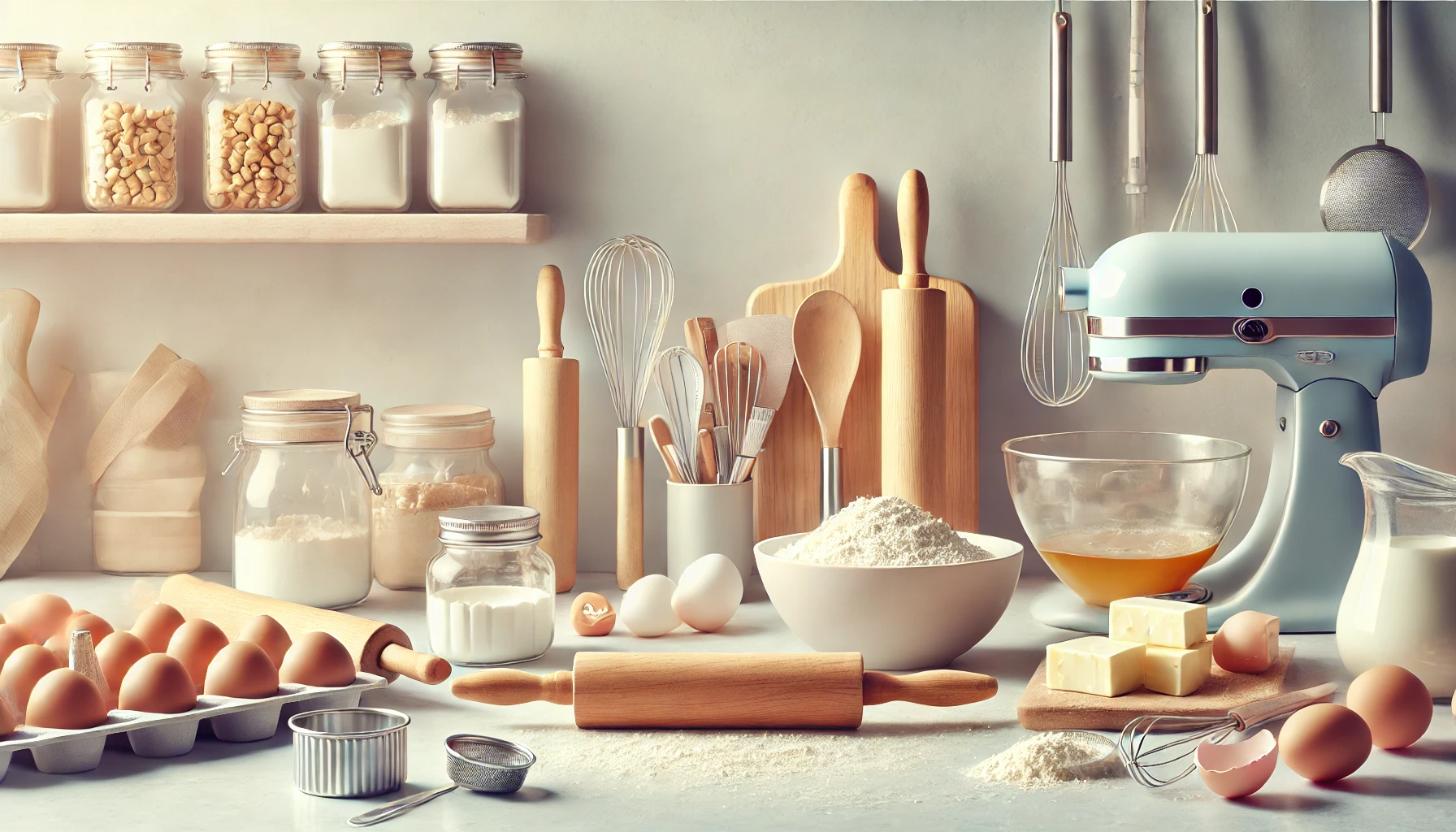Essential Baking Ingredients
When it comes to baking, having the right ingredients on hand is crucial for success. Here, I’ll break down must-have pantry staples and specialty flours and sweeteners that will elevate your baking game.
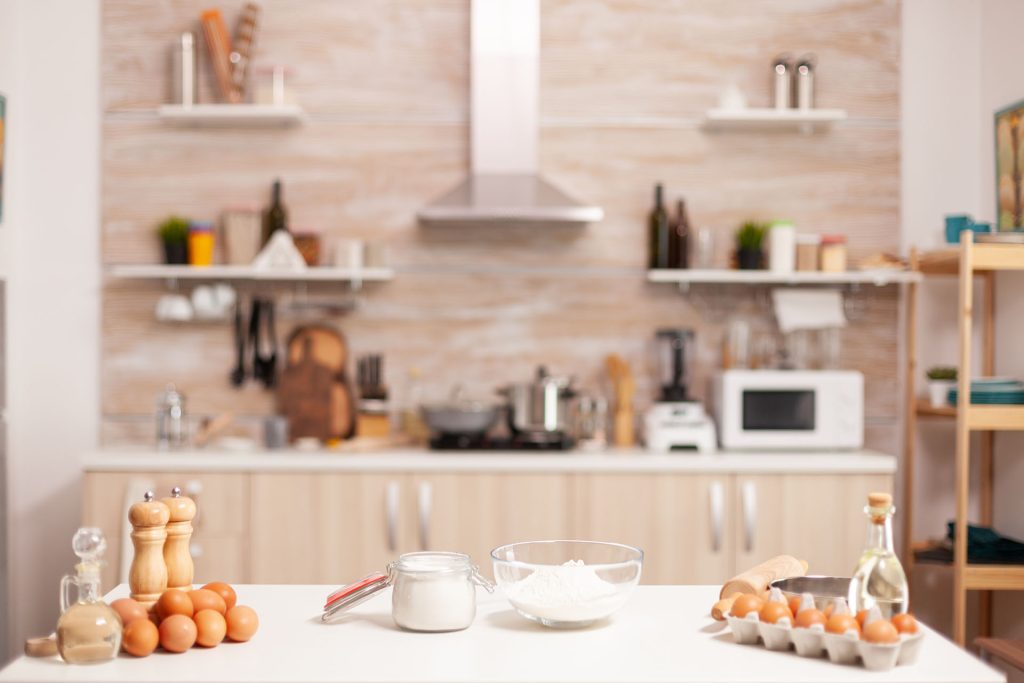
Must-Have Pantry Staples
Stocking your pantry with essential ingredients ensures you’re always ready to bake up something delicious. Here’s a list of my go-to staples:
- All-Purpose Flour: The workhorse of the basic baking pantry, suitable for a variety of recipes like yeast breads, cakes, and cookies.
- Leaveners: Both baking soda and baking powder are essential for giving baked goods lift and rise.
- Sugars: Granulated sugar, brown sugar, and confectioners’ sugar are must-haves for different textures and sweetness levels.
- Cocoa Powder: Natural unsweetened cocoa powder is commonly used, while Dutch-process cocoa powder offers a darker, richer flavour.
- Salt: Table salt is recommended for its easy dissolution and mild flavour, while flaky sea salt is perfect for finishing touches.
- Pure Vanilla Extract: Adds richness and flavor to baked goods. Always opt for pure vanilla extract over imitation.
Here’s a quick reference table for these essential pantry staples:
| Ingredient | Use |
|---|---|
| All-Purpose Flour | Breads, cakes, cookies |
| Baking Soda | Leavening agent |
| Baking Powder | Leavening agent |
| Granulated Sugar | Sweetening |
| Brown Sugar | Sweetening, adds moisture |
| Confectioners’ Sugar | Frostings, dusting |
| Cocoa Powder | Flavoring |
| Table Salt | Enhances flavor |
| Flaky Sea Salt | Finishing touch |
| Pure Vanilla Extract | Adds richness and flavor |
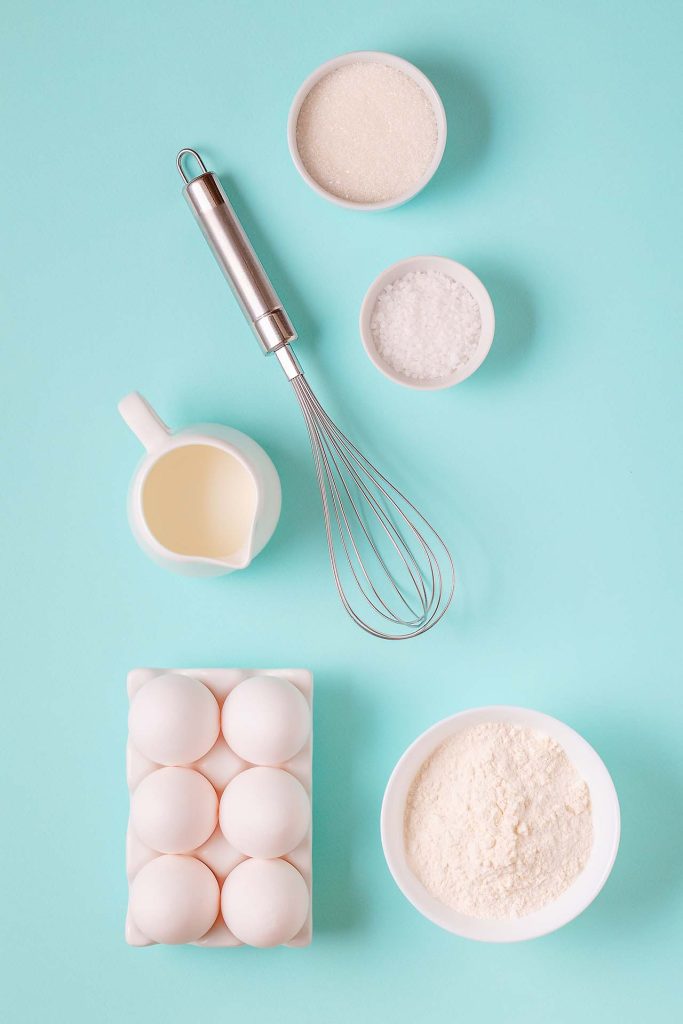
Specialty Flours and Sweeteners
For those looking to experiment with different textures and flavors, specialty flours and sweeteners are a fantastic addition to your baking arsenal. Here are some of my favorites:
- Whole Wheat Flour: Adds a nutty flavor and extra nutrients to your baked goods. Store in airtight containers or bags in the freezer to prevent it from going rancid.
- Almond Flour: Great for gluten-free baking and adds a moist, tender texture.
- Coconut Flour: Absorbs a lot of liquid, so use it sparingly. It’s perfect for low-carb and gluten-free recipes.
- Honey: A natural sweetener that adds moisture and a distinct flavor.
- Maple Syrup: Provides a unique sweetness and can be used as a substitute for sugar in many recipes.
- Agave Nectar: A low-glycemic sweetener that’s great for those looking to reduce their sugar intake.
Here’s a table to help you understand the uses of these specialty ingredients:
| Ingredient | Use |
|---|---|
| Whole Wheat Flour | Nutty flavor, nutrient-rich |
| Almond Flour | Gluten-free, moist texture |
| Coconut Flour | Low-carb, high absorption |
| Honey | Natural sweetener, adds moisture |
| Maple Syrup | Unique sweetness, sugar substitute |
| Agave Nectar | Low-glycemic sweetener |
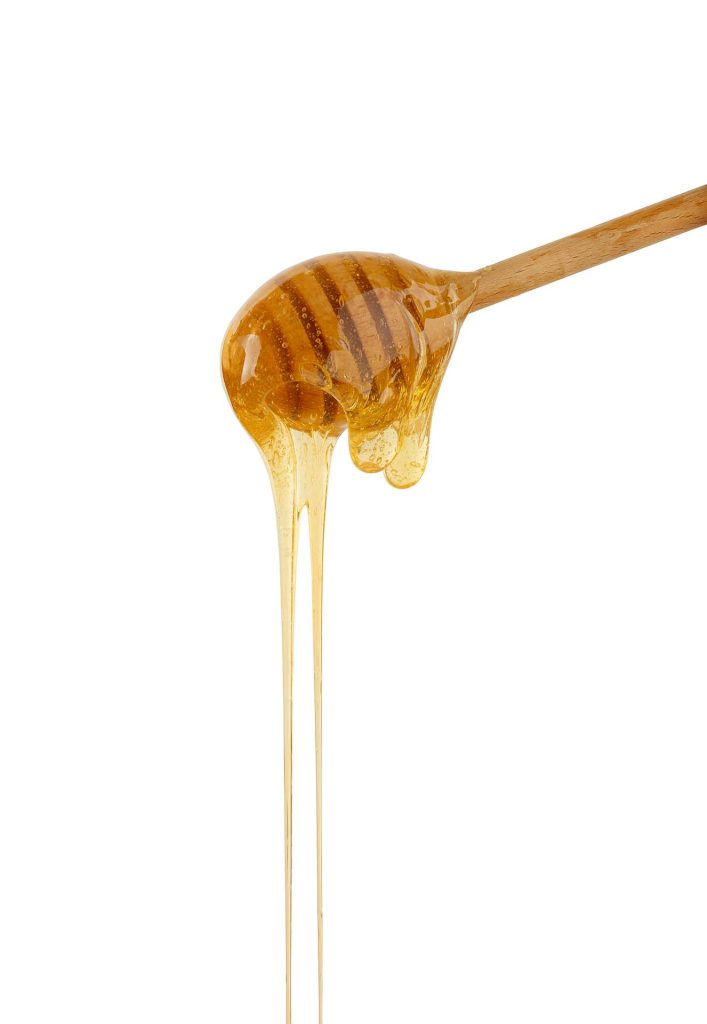
Baking Techniques for Decoration
When it comes to baking, presentation is just as important as taste. Here are some baking tips and tricks for decorating your creations like a pro.
Piping for Detailed Designs
Piping is a popular decorating technique that allows you to create intricate designs like flowers, borders, and other decorations on cakes, cupcakes, and cookies. Using a piping bag and the right tip, you can transform any baked good into a work of art (KBC Bakery).
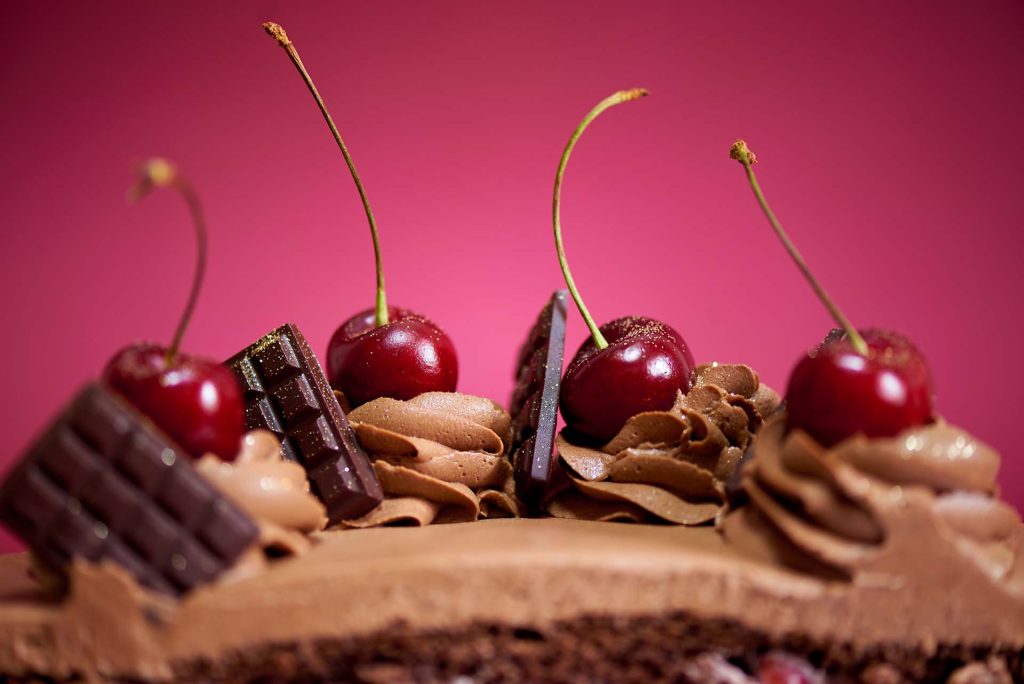
| Tip Type | Use |
|---|---|
| Round Tip | Writing, dots, outlining |
| Star Tip | Stars, swirls, rosettes |
| Leaf Tip | Leaves, ruffles |
| Petal Tip | Flowers, ruffles |
To get started, fill your piping bag with frosting and choose the appropriate tip for your design. Practice on a piece of parchment paper before moving to your cake or cookies. Remember, it’s all about steady hands and consistent pressure.
Stenciling for Intricate Patterns
Stenciling is a fun way to create stunning patterns or shapes on the surface of cakes or cookies. Using a stencil of the right size and shape, you can add a professional touch to your baked goods (KBC Bakery).
To stencil, place your chosen stencil over the baked good and use powdered sugar, cocoa powder, or colored sugar to dust over the stencil. Carefully lift the stencil to reveal your design. This technique is perfect for adding elegant touches to any dessert.
Edible Decorations and Garnishes
Edible decorations like sprinkles, edible glitter, and sugar pearls can be added to baked goods while the frosting or glaze is still wet to enhance their appearance. Here are some popular options:
- Sprinkles: Available in various shapes and colors, sprinkles add a fun and festive touch.
- Edible Glitter: Adds sparkle and shine to cakes and cupcakes.
- Sugar Pearls: Perfect for adding a touch of elegance and luxury.
Sprinkles can be used to cover the entire surface or to create specific designs. Edible glitter and sugar pearls work best as accents to highlight specific areas of your decoration.
By mastering these techniques, you’ll be able to elevate your baking game and impress your family and friends with beautifully decorated treats.
Tips for Successful Baking
Baking like a pro involves mastering a few essential tips and tricks. Here are some of my favorite tips for successful baking that will help you achieve perfect results every time.
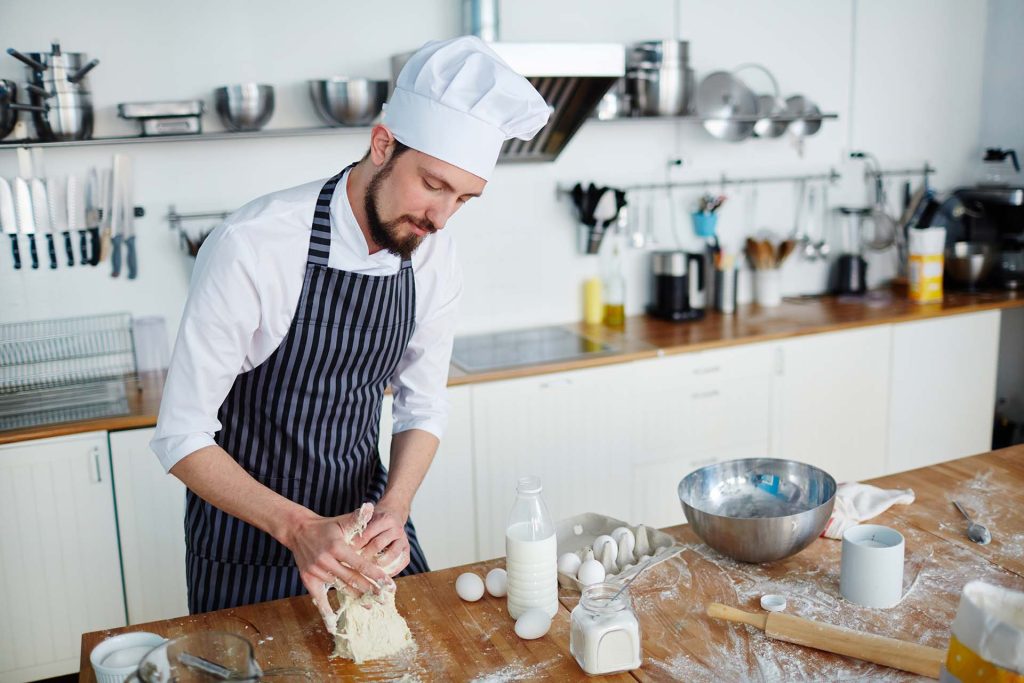
Lining Baking Pans Correctly
Lining your baking pans correctly can make a significant difference in the outcome of your baked goods. I always recommend using parchment paper instead of just greasing the pans. Parchment paper ensures that your cakes, cookies, and other treats won’t stick to the pan, preventing them from tearing or falling apart (Taste of Home).
Here’s a quick table to show the benefits of using parchment paper versus greasing:
| Method | Benefits |
|---|---|
| Parchment Paper | Prevents sticking, ensures even baking, easy cleanup |
| Greasing Only | May still stick, can cause over-browning |
Importance of Fresh Ingredients
Using fresh ingredients is crucial for achieving the best flavor and texture in your baked goods. Expired leaveners like baking powder, baking soda, and yeast can significantly affect the rise and quality of your breads and cakes. Always check the expiration dates on these ingredients and replace them regularly.
| Ingredient | Shelf Life |
|---|---|
| Baking Powder | 6 months – 1 year |
| Baking Soda | 6 months – 1 year |
| Yeast | 4 months (unopened) – 6 months (opened) |
Choosing the Right Bakeware
The type of bakeware you use can have a big impact on the outcome of your baked goods. Quality bakeware ensures efficient heat conduction, resulting in evenly baked cakes, pies, cookies, and pastries. Here’s a quick breakdown of different types of bakeware and their benefits:
| Bakeware Type | Benefits |
|---|---|
| Metal Pie Pans | Reliable browning, efficient heat conduction |
| Glass Pie Plates | May require oven rack adjustment for thorough baking |
| Ceramic Pie Plates | Less effective heat conduction |
For a reliable bake, I always recommend using metal pie pans due to their excellent heat conductivity. Avoid using flimsy, thin pans as they can lead to inefficient baking. Quality bakeware is an investment that pays off in the long run.
By following these tips for successful baking, you’ll be on your way to creating gourmet-style recipes that will impress your friends and family. Happy baking!
High-Altitude Baking Adjustments
Baking at high altitudes presents unique challenges due to lower air pressure, which affects the interactions of flour, leavening agents, fats, and liquids in recipes. Understanding these challenges and making the right adjustments can help you bake like a pro, even when you’re high up in the mountains.
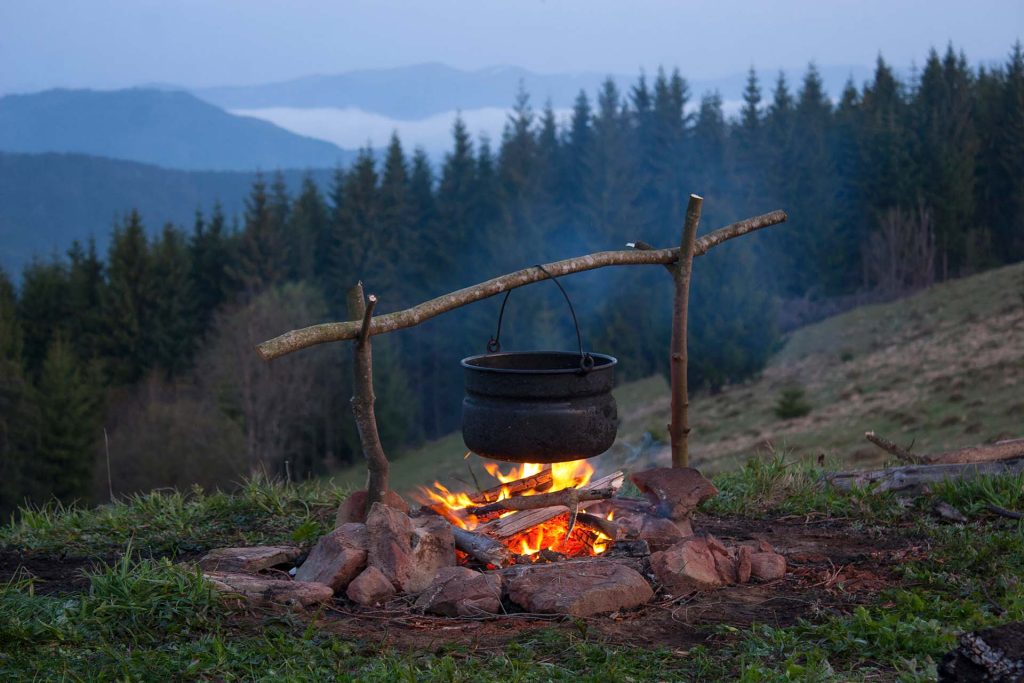
Understanding High-Altitude Challenges
At higher altitudes (generally above 3,000 feet), the air pressure is lower, which impacts how ingredients interact and behave during baking. Here are some common challenges you might face:
- Rising Time: Doughs and batters rise faster because gases expand more quickly.
- Moisture Loss: Liquids evaporate faster, leading to drier baked goods.
- Leavening: Baking powder and baking soda can cause over-expansion of doughs and batters, leading to collapsing.
- Texture and Structure: Cakes and breads can become coarse and crumbly.
Tips for Baking at Different Altitudes
Here are some practical tips for adjusting your baking recipes to achieve perfect results at high altitudes:
General Adjustments
- Increase Liquid: Add a little extra water or other liquid to combat moisture loss. Start with 1-2 tablespoons per cup of liquid.
- Reduce Leavening Agents: Decrease the amount of baking powder or baking soda by about 1/4 teaspoon per teaspoon.
- Increase Oven Temperature: Raise the baking temperature by 15-25°F to help set the structure of baked goods more quickly.
Specific Adjustments for Cookies
Cookies are less susceptible to high-altitude challenges due to their short baking time and high-fat content. However, some adjustments can still improve results:
| Adjustment Type | Change |
|---|---|
| Water | Increase slightly (1-2 teaspoons) |
| Baking Powder/Soda | Decrease by 1/4 teaspoon per teaspoon |
| Baking Temperature | Increase by 15-25°F |
| Baking Time | Shorten by 1-2 minutes |
Specific Adjustments for Cakes and Breads
For cakes, bread, and other baked goods, more significant adjustments may be necessary:
| Adjustment Type | Change |
|---|---|
| Eggs | Add an extra egg to increase liquid and strengthen structure |
| Water | Increase to help form dough (1-2 tablespoons per cup of water) |
| Yeast | Decrease by 25% to prevent over-rising |
| Rising Time | Shorten, but consider extra rises or refrigeration to enhance flavor |
| Sourdough Starter | Use to improve flavor and texture |
Understanding and making these adjustments will help you achieve delicious, perfectly baked goods even at high altitudes. Keep experimenting, taking notes, and soon you’ll master the art of high-altitude baking. For more guidance and tips, visit resources from Colorado State University Extension and New Mexico State University.
Common Baking Mistakes to Avoid
Baking can be a delightful and rewarding experience, but it is also an exact science. Avoiding common mistakes can make a significant difference in the quality of your baked goods. Here are some key areas to focus on:
Accurate Ingredient Measurement
One of the most critical aspects of baking is measuring ingredients accurately. Inaccurate measurements can negatively impact the taste, consistency, and density of your baked goods . Here are some tips to ensure precision:
- Use the Correct Measuring Tools: Use dry measuring cups for dry ingredients and liquid measuring cups for liquids to avoid inaccuracies.
- Invest in a Digital Scale: A digital scale can help you measure ingredients more accurately, especially for items like flour, which can vary in volume. This can significantly improve the texture and taste of your baked goods.
| Ingredient | Volume (Cup) | Weight (Grams) |
|---|---|---|
| All-Purpose Flour | 1 cup | 120g |
| Granulated Sugar | 1 cup | 200g |
| Butter | 1 cup | 227g |
Importance of Ingredient Temperature
The temperature of your ingredients is another crucial factor in baking. Using ingredients at the wrong temperature can affect the texture and rise of your baked goods.
- Butter: Softened butter is essential for creaming with sugar, which helps to incorporate air and create a light texture.
- Eggs: Room temperature eggs blend more easily into batter, helping to create a uniform texture.
- Milk and Other Liquids: Using cold milk or other liquids can cause the butter to solidify, impacting the consistency of your batter.
To bring your ingredients to room temperature quickly, you can place eggs in a bowl of warm water for a few minutes or microwave milk in short bursts until it’s no longer cold.
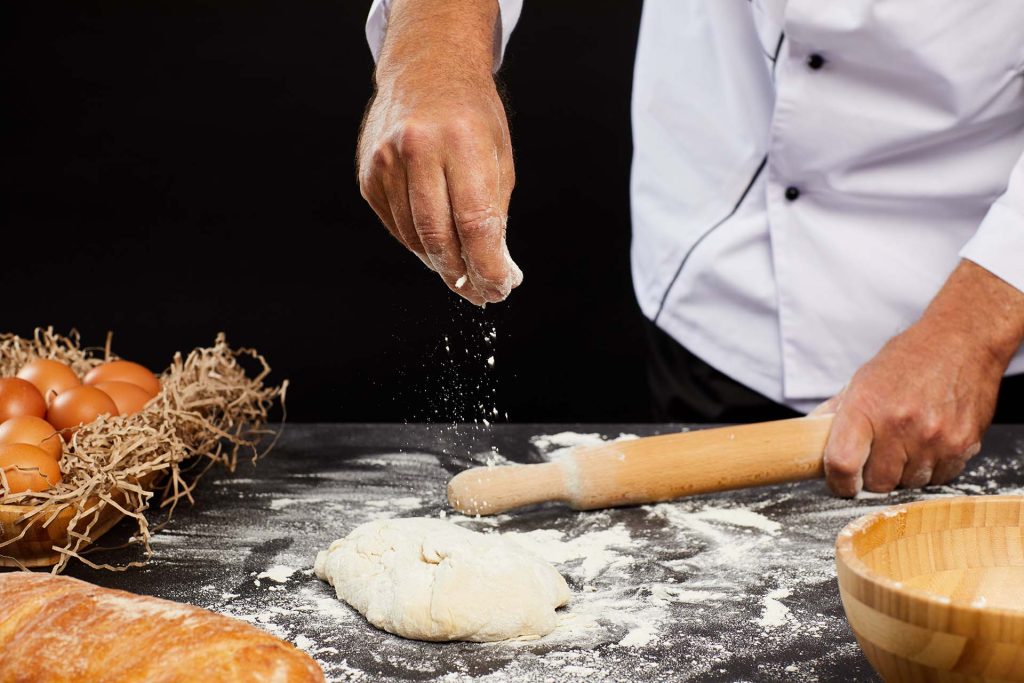
Proper Preparation Techniques
Proper preparation techniques are essential to ensure the success of your baking endeavors. Here are some common preparation mistakes to avoid:
- Sifting Dry Ingredients: Sifting dry ingredients like flour, cocoa powder, and baking soda helps to avoid clumps and ensures a consistent texture in your baked goods.
- Lining Baking Pans Correctly: Using parchment paper or greasing your pans properly can prevent your baked goods from sticking and make cleanup easier.
- Preheating the Oven: Always preheat your oven to the correct temperature before placing your baked goods inside to ensure even cooking.
Avoiding these common baking mistakes can help you achieve professional-quality results and make your baking experience more enjoyable. Happy baking!

